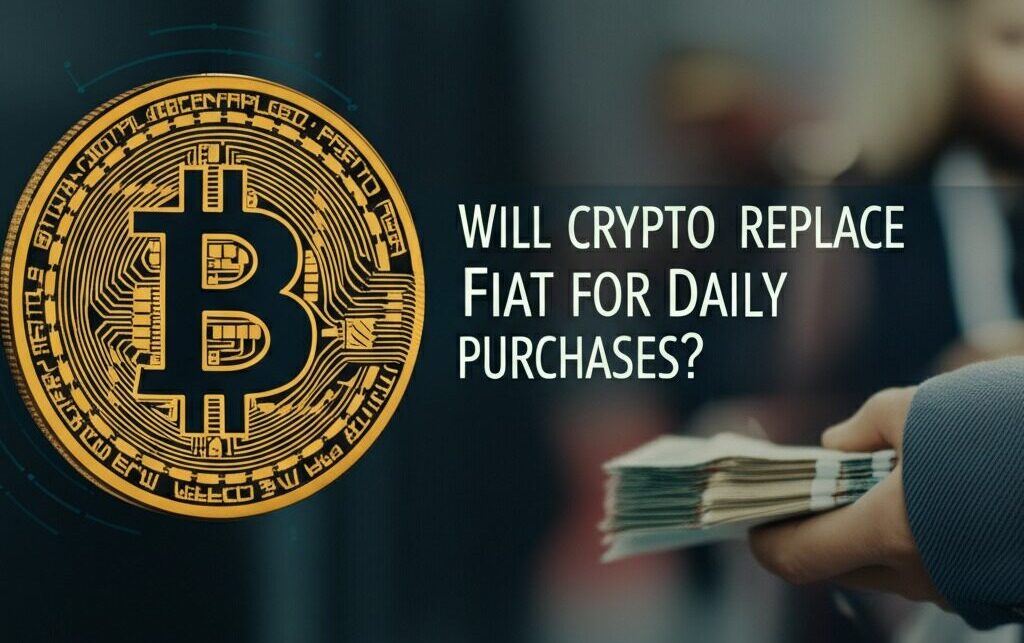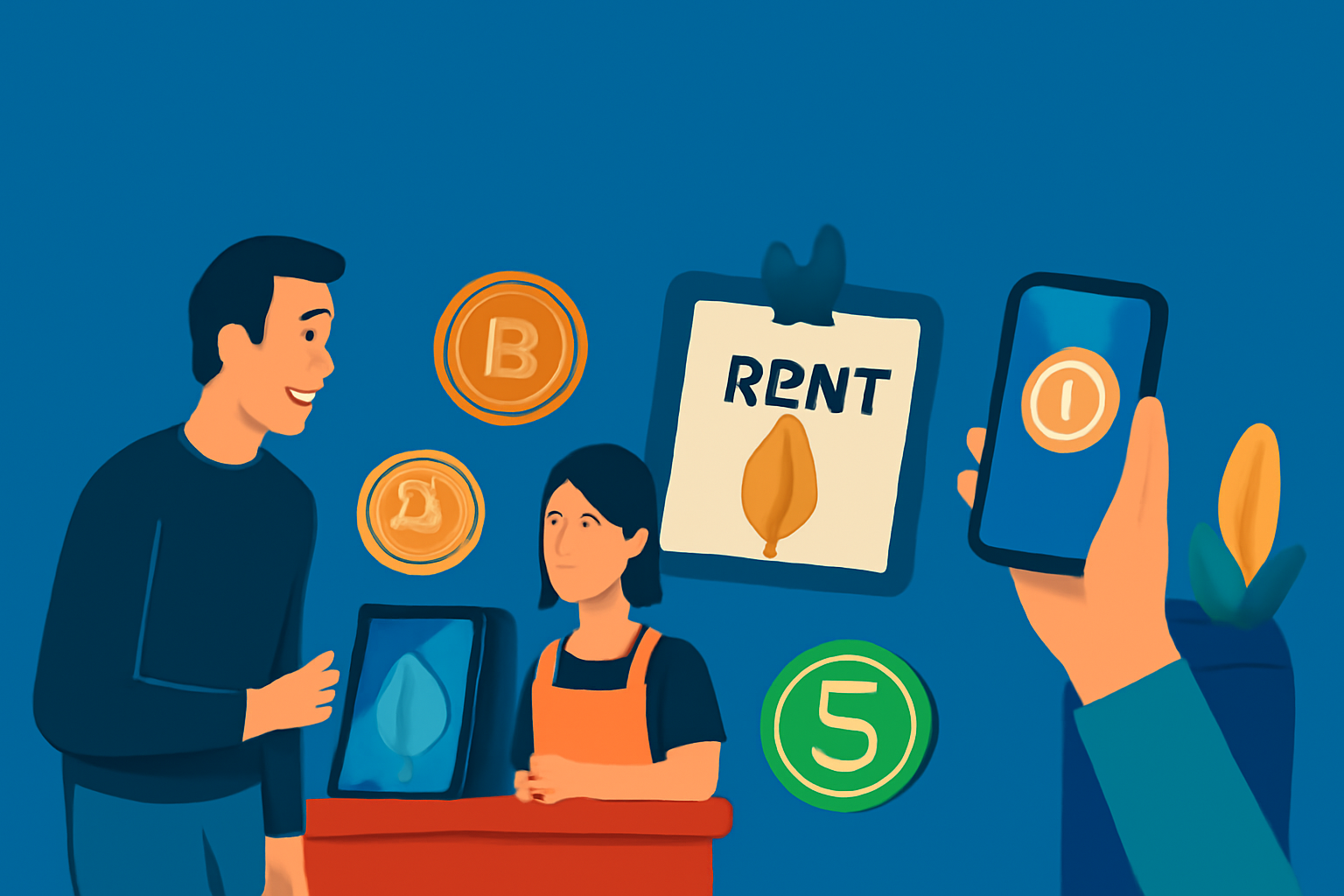Imagine buying your morning coffee with Bitcoin. Or paying rent with Ethereum. Sounds futuristic, right? For over a decade, crypto enthusiasts have promised this reality. But how close are we really?
Crypto offers clear advantages over traditional money. Transactions can be faster across borders. Fees might be lower without banks involved. You get more control over your funds. Yet most people still use cash, cards, or mobile payments every day. Why hasn’t crypto taken over yet?

The Speed Bumps on Crypto’s Road to Adoption
First, let’s talk about volatility. Picture this: You buy a $5 sandwich with Bitcoin. By the time you finish eating, that Bitcoin could be worth $4.50 or $5.50. Most merchants don’t want to deal with that uncertainty. They need stable prices to run their businesses.
Then there’s transaction speed. While some cryptos process payments quickly, many still take minutes. Compare that to Visa’s 24,000 transactions per second. When you’re in line at the grocery store, you don’t want to wait for confirmations.
Tax complications add another layer. In many countries, spending crypto counts as selling an investment. That means tracking every coffee purchase for tax time. It’s enough to make anyone stick with cash.
Where Crypto Is Making Progress
Despite these challenges, crypto is finding real-world uses. In countries with unstable currencies, people often prefer crypto to their local money. Workers sending money abroad save on fees using crypto instead of wire transfers. Some online businesses now accept crypto to reach global customers.
Stablecoins – cryptocurrencies pegged to stable assets like the dollar – help solve the volatility problem. These might bridge the gap between crypto and everyday spending. Some payment apps already let you spend stablecoins like USDC at stores.
The Merchant Perspective
Most shops still don’t accept crypto directly. Even when they do, they often convert it to cash immediately. The infrastructure for daily crypto spending isn’t fully built yet. But solutions are emerging. New payment processors make it easier for businesses to accept crypto without dealing with the complexities.
Technical Hurdles Remain
Blockchain networks sometimes get congested, making transactions slow and expensive. User interfaces still confuse many non-technical people. Until using crypto becomes as easy as tapping a phone to pay, mass adoption will lag.
The truth is, crypto doesn’t need to completely replace cash to be successful. It’s already changing how we think about money. The future might see crypto working alongside traditional payment methods, each used where it makes most sense.
Looking Ahead
Developers are working on solutions to crypto’s current limitations. Faster networks, better wallets, and simpler tax reporting could make daily crypto spending more practical. Governments are also creating regulations that might encourage wider acceptance.
While we’re not there yet, the pieces are falling into place. The question isn’t really if crypto will be used for daily purchases, but when – and in what form. The next few years will likely see more experiments and gradual adoption.
The dream of a crypto-powered economy isn’t dead. It’s just more complicated than early believers imagined. Real progress takes time, especially when rebuilding something as fundamental as how we pay for things.

What’s your experience with crypto payments? Have you tried using it for everyday purchases? The story of crypto adoption is still being written, and ordinary users like you are part of it.
